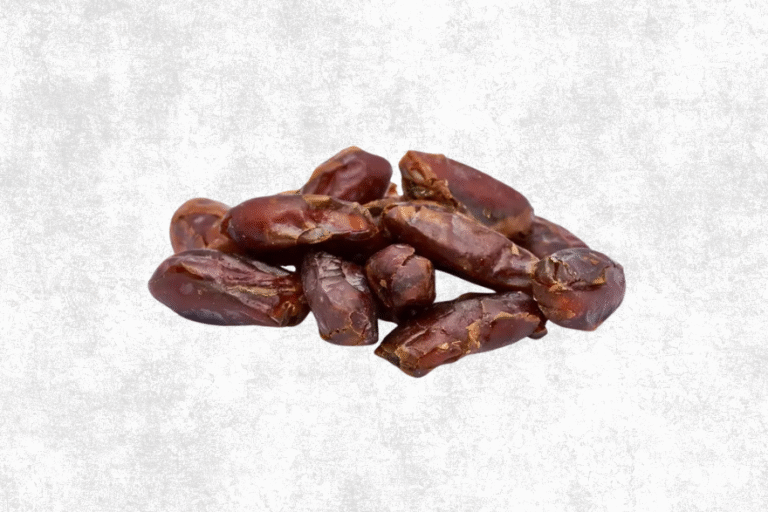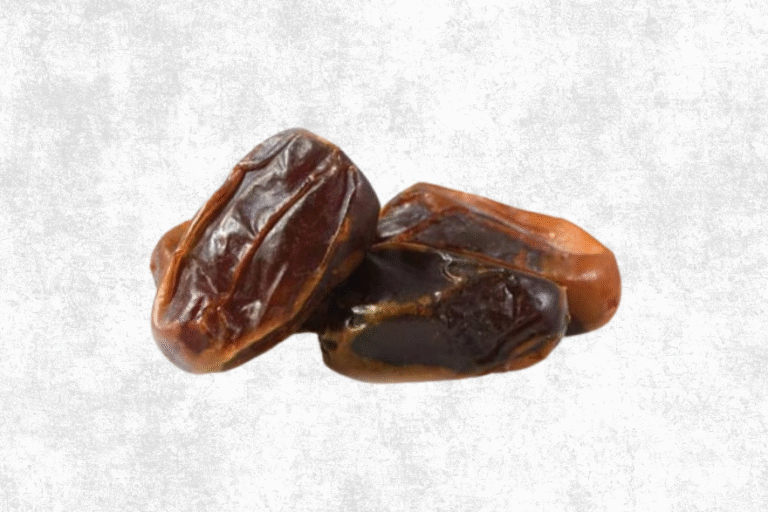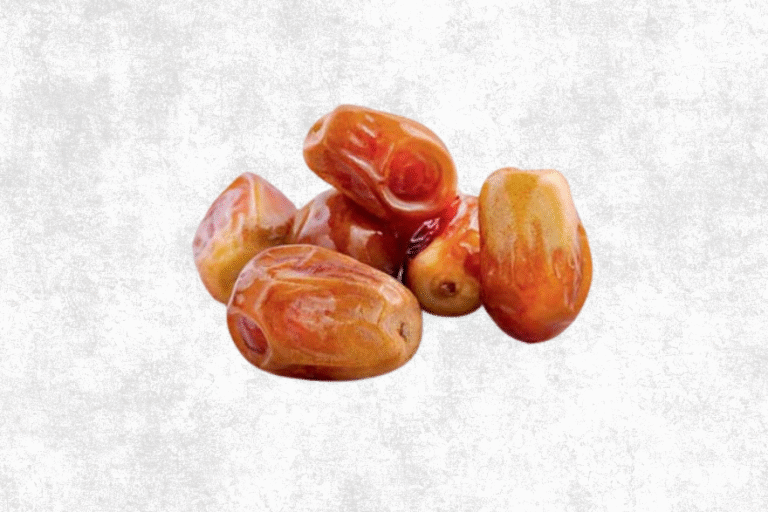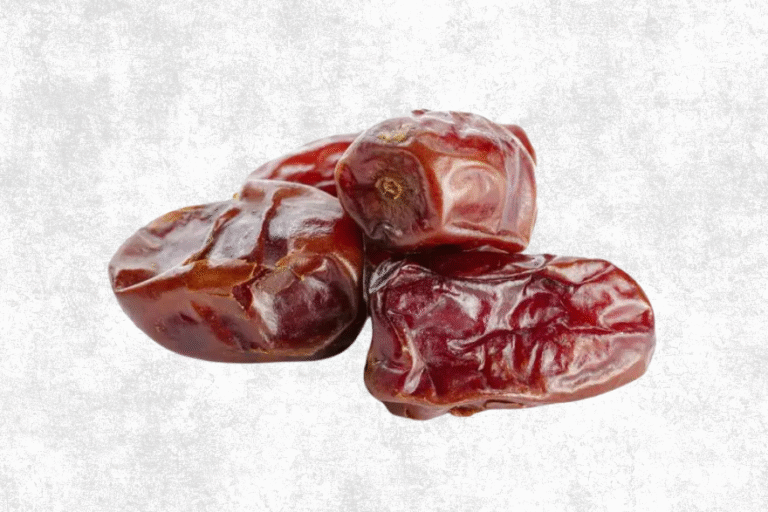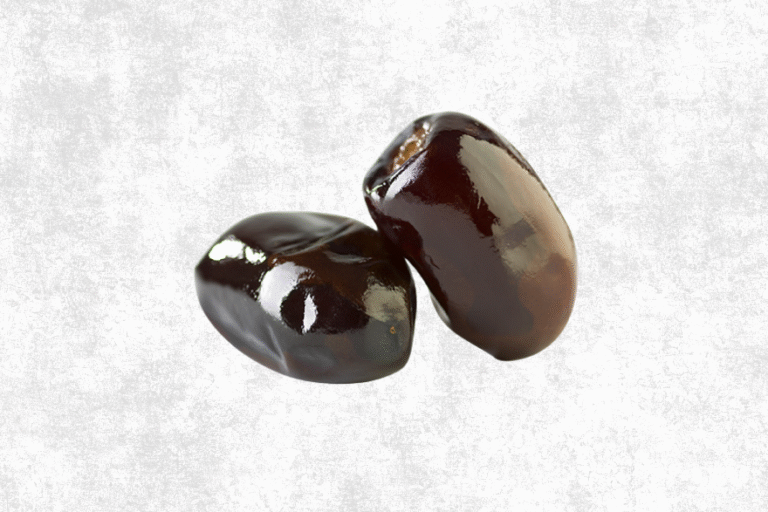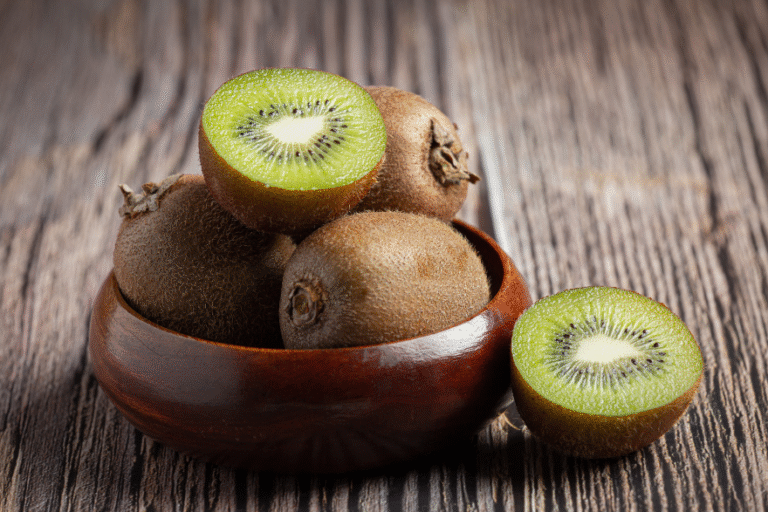In Iran, onions are an essential ingredient in the country’s traditional cuisine and hold a significant place in its culinary culture. The country’s diverse climate and fertile soil make it conducive to onion cultivation, and as a result, onions are widely grown and consumed throughout the country. Iran’s varied terrain allows for the cultivation of different varieties of onions, which are used in a wide array of dishes, contributing to the rich and flavorful Iranian cuisine.
Onions are a staple in many popular Iranian dishes, including stews, rice dishes, and kebabs. They are frequently used as a base for flavoring and forming the foundation of savory and aromatic sauces. In addition to their prevalent use in cooking, onions are also enjoyed raw in salads and pickles, adding a pungent and refreshing element to these dishes.
Beyond their culinary significance, onions have been a part of Iranian culture and folklore for centuries, featuring in traditional medicine and stories passed down through generations. The health benefits of onions are well-recognized, and they have been used in Iranian traditional medicine to treat a variety of ailments.
Moreover, Iran’s onion production also contributes to its economy, as the country is known to be one of the leading onion producers in the world. The cultivation of onions provides employment opportunities for many Iranians and contributes to the country’s agricultural sector.
In Iran, the red onion holds a significant place in culinary traditions and everyday cooking. Red onions are widely cherished for their versatile flavor and vibrant hue, making them a staple in many Iranian dishes. These onions are a key ingredient in various Iranian recipes.
Red onions are commonly used in Persian cuisine to create a base flavor for many dishes. They are often finely chopped and sautéed to form the foundation of sauces, soups, and rice dishes, imparting a distinctive taste and a beautiful reddish-purple color. In addition to being a flavorful addition to savory dishes, red onions are also enjoyed raw in salads, providing a crisp texture and a touch of sharpness to the dish.
In Iran, the cultivation of red onions is an integral part of the agricultural industry. The country’s diverse climate and fertile soil provide an ideal environment for growing onions, including the vibrant red variety. Regions such as Kermanshah, Khorasan, and Fars are known for their onion production, contributing to the availability of fresh, locally-grown red onions throughout the country.
Overall, red onions play an essential role in Iranian cuisine, bringing depth of flavor and visual appeal to a wide range of dishes and reflecting the rich culinary heritage of the region.
Yellow onions have been a staple in Iranian cuisine for centuries, bringing robust flavor and aroma to a wide range of dishes. In Iran, yellow onions are widely cultivated and play a crucial role in traditional and modern Iranian cooking. Known for their pungent flavor and versatility, yellow onions are a key ingredient in a multitude of Iranian dishes, adding depth and complexity to the country’s diverse culinary landscape.
In Iranian cuisine, yellow onions are used in a variety of ways. They serve as the flavorful base for many stews, soups, and rice dishes, such as the popular Persian dish, “ghormeh sabzi,” a fragrant herb stew that features tender pieces of meat, kidney beans, and dried limes. Additionally, pickled yellow onions are often served as a condiment alongside kebabs and other grilled meats, providing a tangy and crunchy contrast to the savory flavors.
Culturally, onions are deeply ingrained in Iranian culinary traditions. The act of sautéing finely chopped onions in fragrant oils until they turn golden and fragrant is a fundamental step in the preparation of many Iranian dishes, imparting a rich, savory base to the cooking process.
Given the integral role of yellow onions in Iranian cuisine, they are widely available throughout the country, from bustling bazaars to modern supermarkets. Their versatility and robust flavor make them a beloved ingredient in Iranian households, where they are cherished for their ability to enhance the taste of savory dishes. Whether cooked, raw, or pickled, yellow onions continue to be a beloved and essential ingredient in Iranian gastronomy.
Sweet onions are a popular and versatile vegetable in Iran, where they are a key ingredient in many traditional and modern dishes. These onions are known for their mild, sweet flavor and are a staple in Iranian cuisine, adding depth and sweetness to a wide range of savory dishes.
Iran’s climate and soil provide ideal conditions for the cultivation of sweet onions, with the country producing different varieties in various regions. One of the most famous sweet onions in Iran is the “Golpayegani” onion, which is prized for its exceptional sweetness and aromatic flavor. This variety is cultivated in the Golpayegan region, located in the Isfahan province, and is known for its large size and high sugar content, making it a favorite among both locals and visitors.
Sweet onions are used in numerous Iranian dishes, including stews, kebabs, pickles, and salads, where they impart a delightful sweetness and depth of flavor. They are often caramelized to bring out their natural sweetness, adding a rich and savory element to dishes such as “Baghali Polo” (rice with fava beans) or “Kebab-e Khalili” (a traditional Iranian kebab dish).
In addition to their culinary uses, sweet onions are also prized for their nutritional benefits, as they are rich in antioxidants and vitamins, making them a valuable addition to a healthy diet.
Overall, sweet onions play an integral role in Iranian cuisine, adding a touch of sweetness and flavor to a wide array of dishes and contributing to the rich culinary heritage of the country.
In Iran, white onions are an integral part of the country’s culinary heritage and are widely used in traditional Persian cuisine. White onions, known as (piyaz-e sefid) in Persian, are favored for their mild and sweet flavor, making them a popular choice for various dishes. These onions are a staple ingredient in Iranian cooking and are used in a wide range of recipes, from stews and rice dishes to salads and pickles.
White onions are cultivated in various regions of Iran, benefiting from the country’s diverse climate and fertile soil. The provinces of Fars, Khorasan, and Mazandaran are known for their onion farming, producing high-quality white onions that are sought after both domestically and internationally. Iranian white onions are known for their crisp texture and delicate taste, adding depth and flavor to traditional Iranian dishes.
In Iranian cuisine, white onions are often sautéed to form the aromatic base of many dishes, contributing to the rich flavors that characterize Persian cooking. They are frequently used in popular dishes such as “khoresh-e bademjan” (eggplant stew), “khoresh-e ghormeh sabzi” (herb stew), and various types of “dolma” (stuffed vegetables). Additionally, raw white onions are commonly served alongside kebabs and grilled meats, providing a refreshing crunch and pungent kick to complement the savory flavors of the main dish.
The versatility and distinct flavor of white onions make them an essential component of Iranian gastronomy, reflecting the country’s rich culinary traditions and the importance of fresh, locally sourced ingredients in Persian cooking.
In Iran, shallots hold a significant place in the country’s culinary and cultural traditions.
Shallots are small onions that have brown skin and a purple texture and consist of two or more separate cloves. Shallot has a spicy and strong taste like garlic, its layers are thin and therefore suitable for chopping very finely. This onion is used for salad, sauce, baking. Shallots are also used in cooking, but they should never be fried because they become bitter.
This onion has a delicious and spicy taste, but after eating it, the mouth smells bad. You can finely chop this onion and put it in vinegar until it ripens like a pickle.

